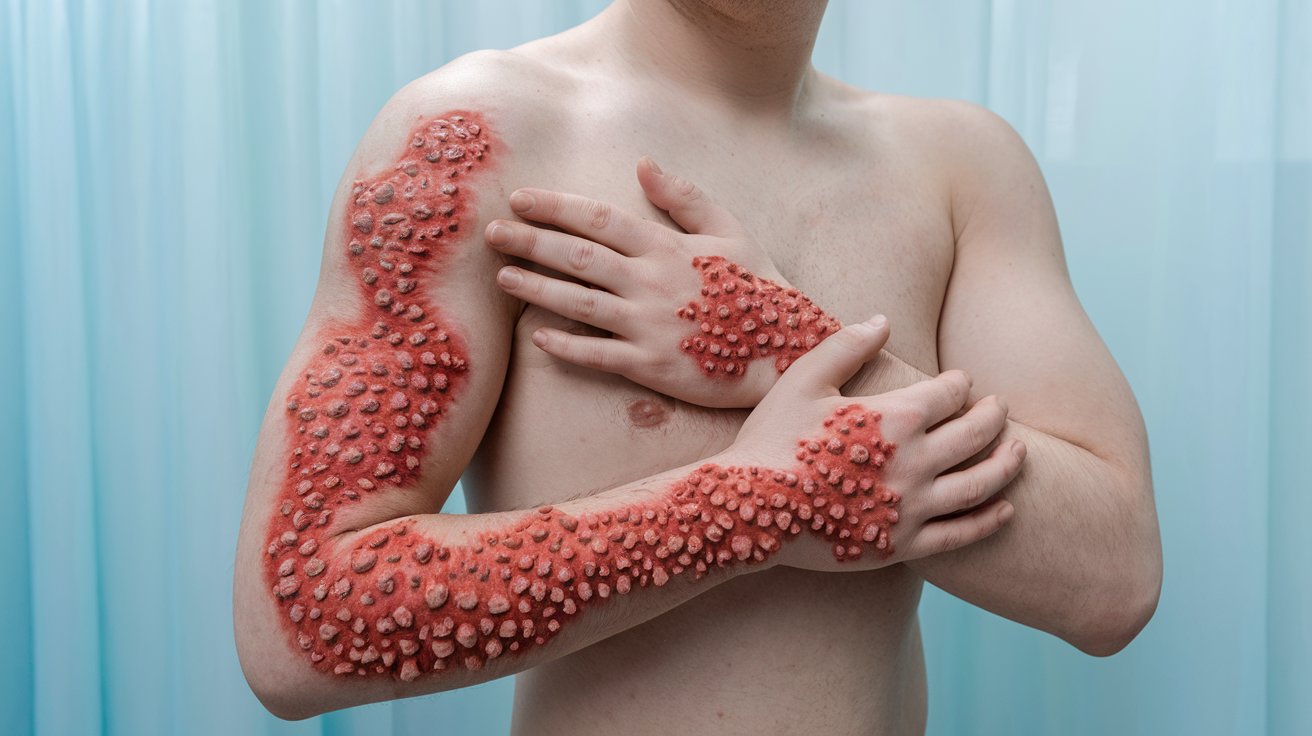
Clarkson Disease, also known as Systemic Capillary Leak Syndrome (SCLS), is a rare and potentially fatal disorder. Imagine your blood vessels suddenly leaking fluids and proteins into surrounding tissues. This leads to severe hypovolemic shock and generalized edema. First described by Dr. Bayard Clarkson in 1960, fewer than 150 cases have been reported since. Middle-aged individuals, especially men, are more commonly affected. Symptoms include sudden drops in blood pressure, swelling in the face, arms, and legs, and elevated hematocrit levels. Diagnosing SCLS is tricky due to its nonspecific symptoms. Treatment options are limited, but high-dose intravenous immunoglobulins (IVIG) have shown promise. Understanding this condition is crucial for improving patient outcomes.
Key Takeaways:
- Clarkson Disease, also known as Systemic Capillary Leak Syndrome (SCLS), is a rare and potentially fatal disorder that causes severe hypovolemic shock and generalized edema. It is challenging to diagnose and manage, but ongoing research aims to improve outcomes.
- Understanding the symptoms and diagnostic markers of Clarkson Disease can help in early identification. While there is no effective treatment for acute flares, therapies like high-dose intravenous immunoglobulins (IVIG) can help reduce the severity and frequency of attacks.
What is Clarkson Disease?
Clarkson Disease, also known as Systemic Capillary Leak Syndrome (SCLS), is a rare and potentially fatal disorder. It involves episodes of severe hypovolemic shock and generalized edema. Let's dive into some key facts about this mysterious condition.
-
Clarkson Disease is another name for Systemic Capillary Leak Syndrome (SCLS). This condition causes abnormal leakage of fluids and proteins from blood vessels into surrounding tissues.
-
SCLS is extremely rare. Fewer than 150 cases have been reported since its first description in 1960.
-
It typically affects middle-aged individuals. However, it can occur at any age and is more common in men.
-
The clinical presentation includes sudden hypovolemic shock. This is often accompanied by generalized edema, especially in the face, arms, and legs.
Key Symptoms and Diagnostic Indicators
Understanding the symptoms and diagnostic markers can help in identifying Clarkson Disease early.
-
A hallmark of SCLS is elevated hematocrit levels. These levels often exceed 60% from a baseline of 35-40 due to fluid leakage into tissues.
-
Patients exhibit hypoalbuminemia. This decrease in serum albumin levels contributes to generalized edema and hypovolemic shock.
-
Monoclonal gammopathy is often present. Up to 82% of SCLS patients have serum M protein, associated with monoclonal gammopathy of unknown significance (MGUS).
-
The exact pathophysiology is unknown. It is believed to involve immune dysregulation and endothelial dysfunction.
Pathophysiology and Underlying Mechanisms
The underlying mechanisms of Clarkson Disease are complex and involve multiple factors.
-
Endothelial dysfunction is a key component. Endothelial cells become hyperresponsive to permeability-inducing factors like VEGF and histamine.
-
Elevated cytokine levels are observed. Cytokines such as IL-1β, IL-6, IL-8, and TNF-α contribute to the inflammatory response and endothelial dysfunction.
-
VEGF plays a significant role. High levels of VEGF increase vascular permeability in SCLS patients.
-
Histamine sensitivity exacerbates the condition. Histamine can significantly increase vascular permeability, worsening fluid leakage.
Immune Dysregulation and Diagnosis
Immune dysregulation is thought to play a role in SCLS, making diagnosis challenging.
-
T cell activation is observed in SCLS patients. Perivascular infiltrations of mononuclear cells suggest an immune-mediated component.
-
Diagnosis is challenging due to nonspecific symptoms. Clinicians should consider SCLS in patients with unexplained edema, increased hematocrit, and hypotension.
-
Diagnostic criteria include recurrent attacks of hypotension. Other criteria are elevated hematocrit, peripheral edema, hypoalbuminemia without albuminuria, and sometimes serum M protein.
Treatment and Management
Managing Clarkson Disease involves addressing both acute attacks and long-term care.
-
There is no effective treatment for acute flares. Empiric therapy includes high-dose intravenous immunoglobulins (IVIG).
-
IVIG therapy can reduce the severity and frequency of attacks. It modulates the immune response and reduces inflammatory cytokine levels.
-
Endothelial nitric oxide synthase (eNOS) hyperactivation is implicated. Increased eNOS activity leads to more nitric oxide, worsening endothelial dysfunction.
-
Decreased expression of PP2A is observed. PP2A regulates eNOS activity, and its decreased expression may contribute to endothelial dysfunction.
Research and Future Directions
Ongoing research aims to understand the pathogenic mechanisms and develop effective treatments.
-
Mouse models help study SCLS. These models show that endothelial cells from SCLS patients are hyperresponsive to VEGF and histamine.
-
Clinical management involves supportive care during acute attacks. This includes fluid resuscitation, vasopressor support, and monitoring for complications.
-
Long-term management includes regular monitoring. Prophylactic therapies like IVIG are used to prevent attacks.
-
The prognosis is generally poor. Mortality rates range from 50% to 90%, but some patients survive for extended periods with improved care.
-
Cases have been reported worldwide. SCLS is not limited to any geographic region, with cases in the US, Europe, India, Japan, and Kuwait.
-
Increased recognition is crucial for improving outcomes. Clinicians should be aware of the diagnostic criteria and consider SCLS in patients with unexplained symptoms.
Final Thoughts on Clarkson Disease
Clarkson disease, or Systemic Capillary Leak Syndrome (SCLS), is a rare and serious condition. It involves sudden fluid leakage from blood vessels, causing severe hypovolemic shock and generalized edema. Diagnosing SCLS can be tricky due to its nonspecific symptoms like elevated hematocrit levels and hypoalbuminemia. Monoclonal gammopathy is often present, adding another layer of complexity. Immune dysregulation and endothelial dysfunction play key roles in its pathogenesis. IVIG therapy has shown promise in managing acute attacks, though there's no definitive cure. Increased awareness and research are crucial for better outcomes. Understanding the pathophysiology and improving diagnostic techniques can lead to more effective treatments. For now, supportive care and vigilant monitoring remain essential for those affected by this enigmatic disease.
Frequently Asked Questions
Was this page helpful?
Our commitment to delivering trustworthy and engaging content is at the heart of what we do. Each fact on our site is contributed by real users like you, bringing a wealth of diverse insights and information. To ensure the highest standards of accuracy and reliability, our dedicated editors meticulously review each submission. This process guarantees that the facts we share are not only fascinating but also credible. Trust in our commitment to quality and authenticity as you explore and learn with us.


